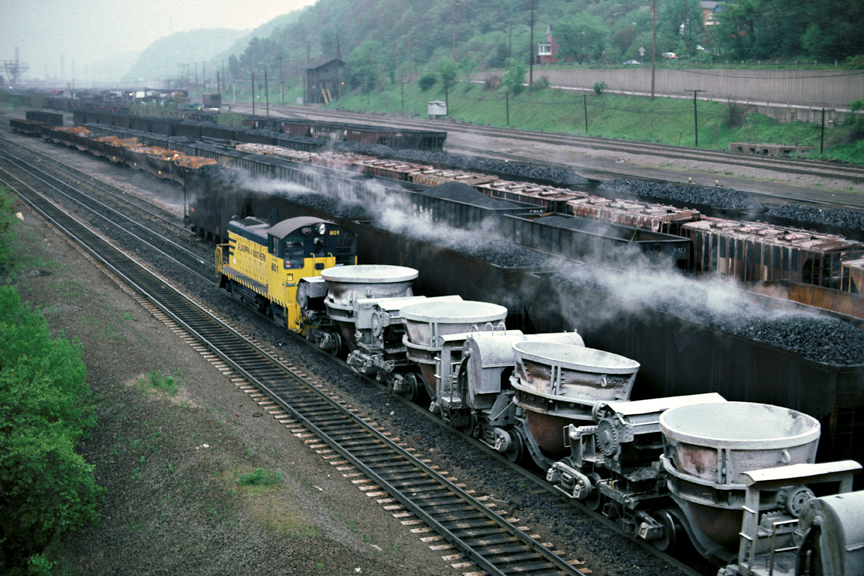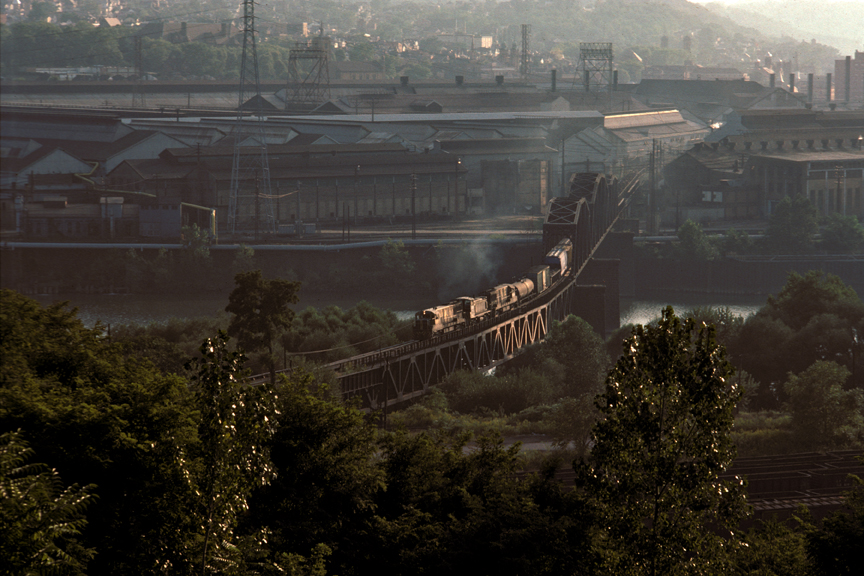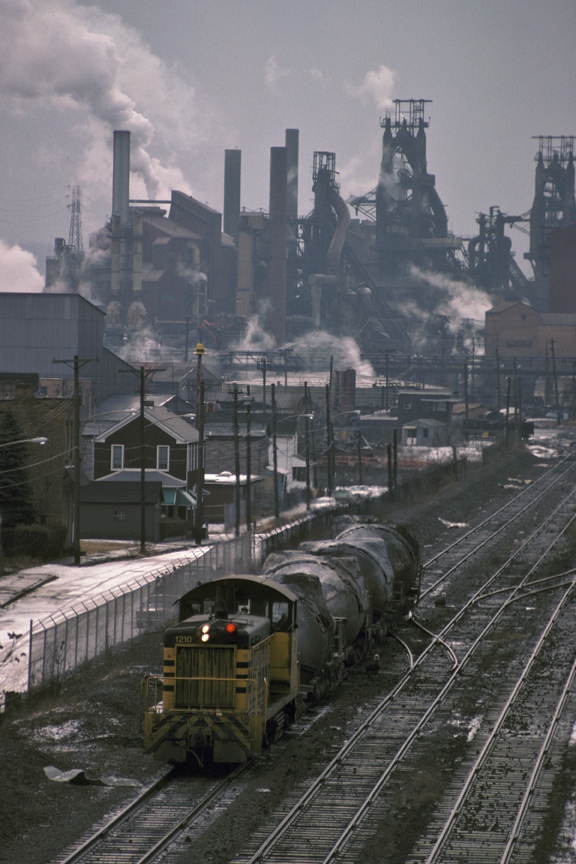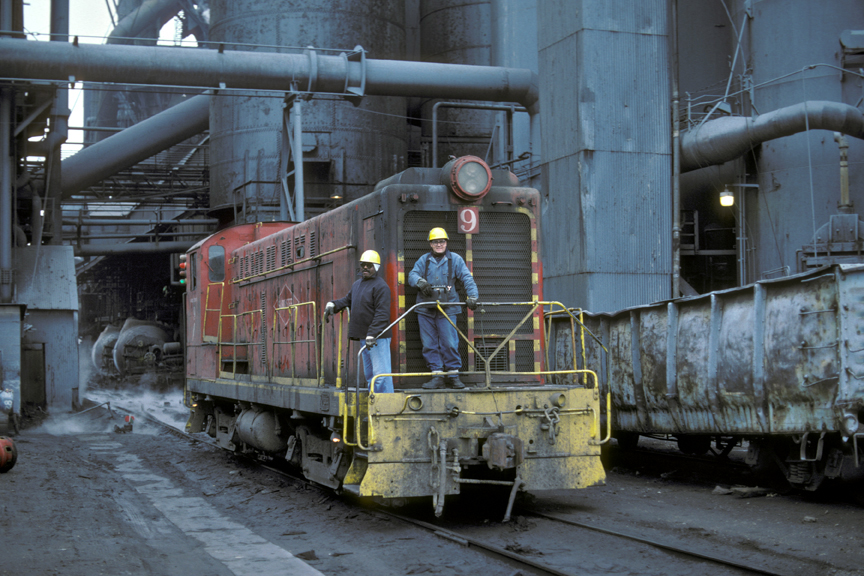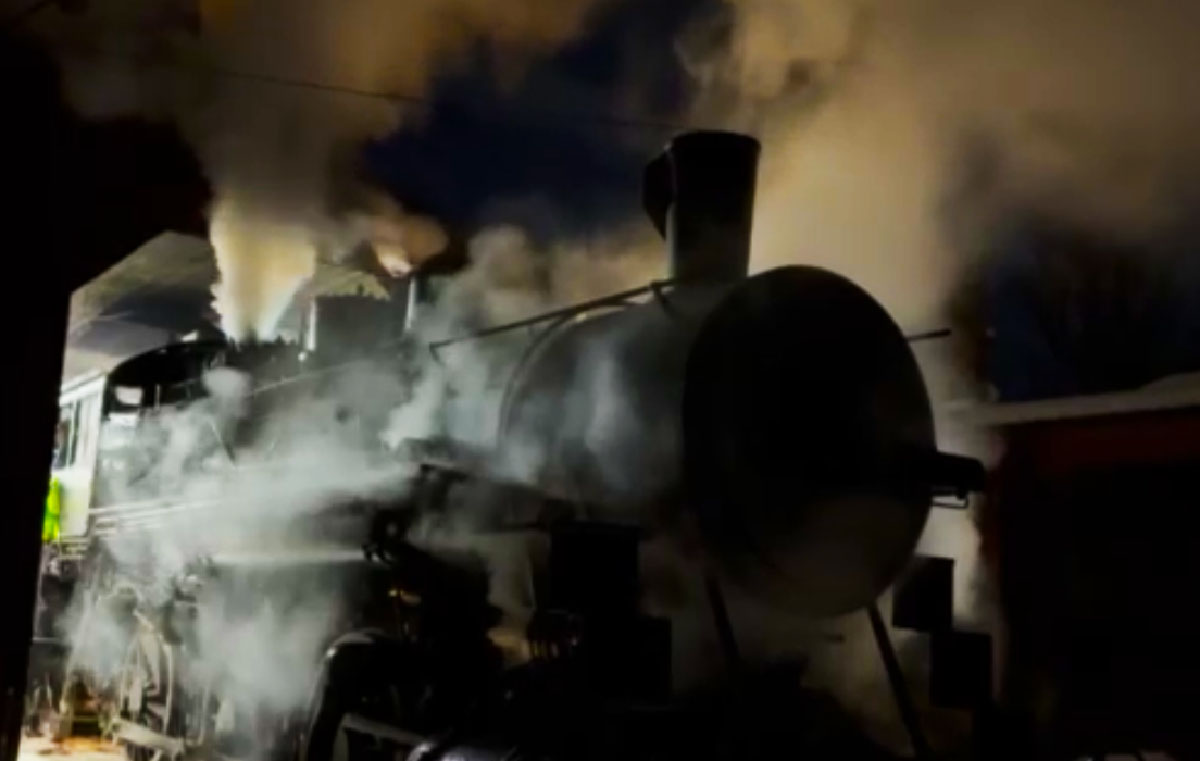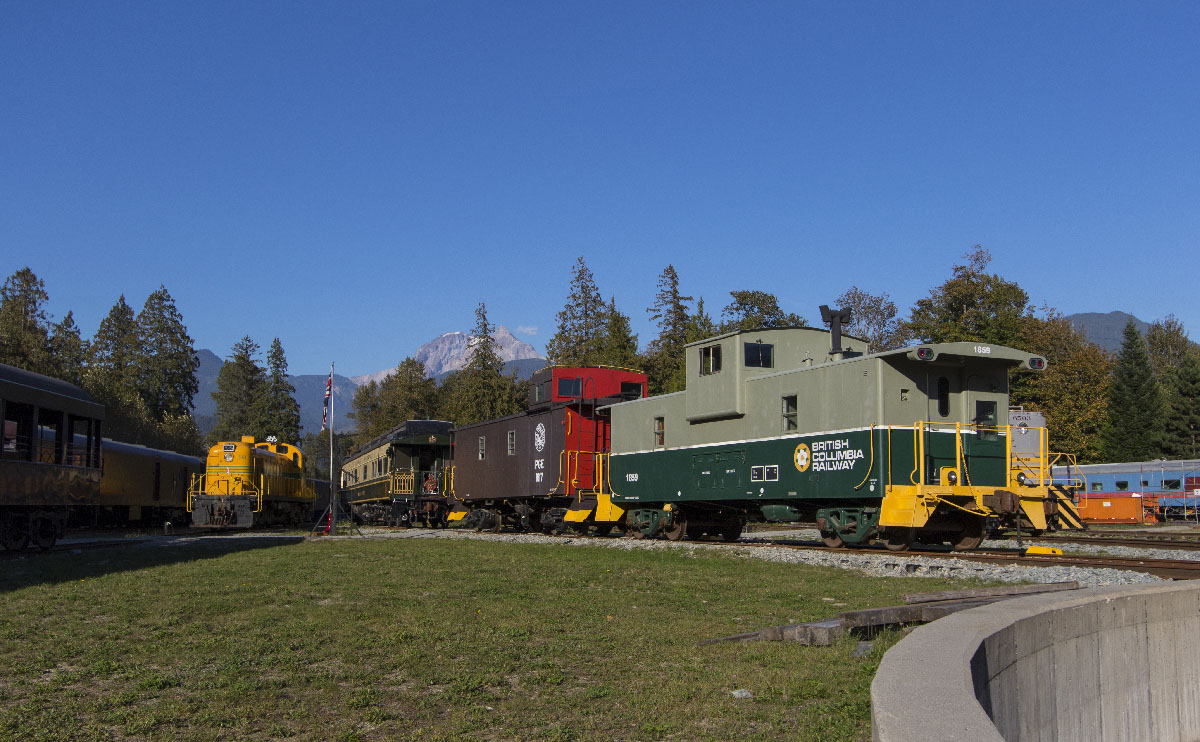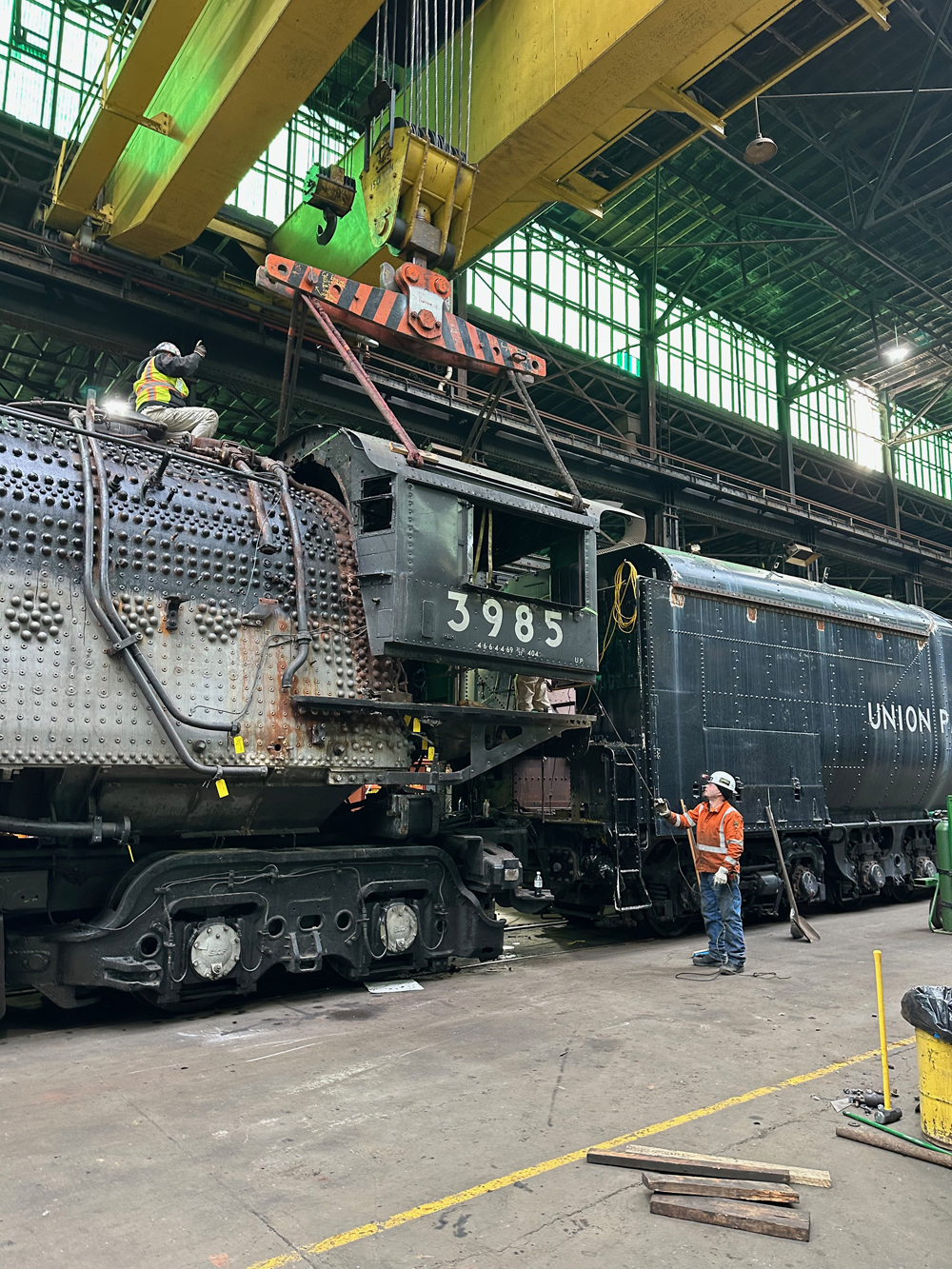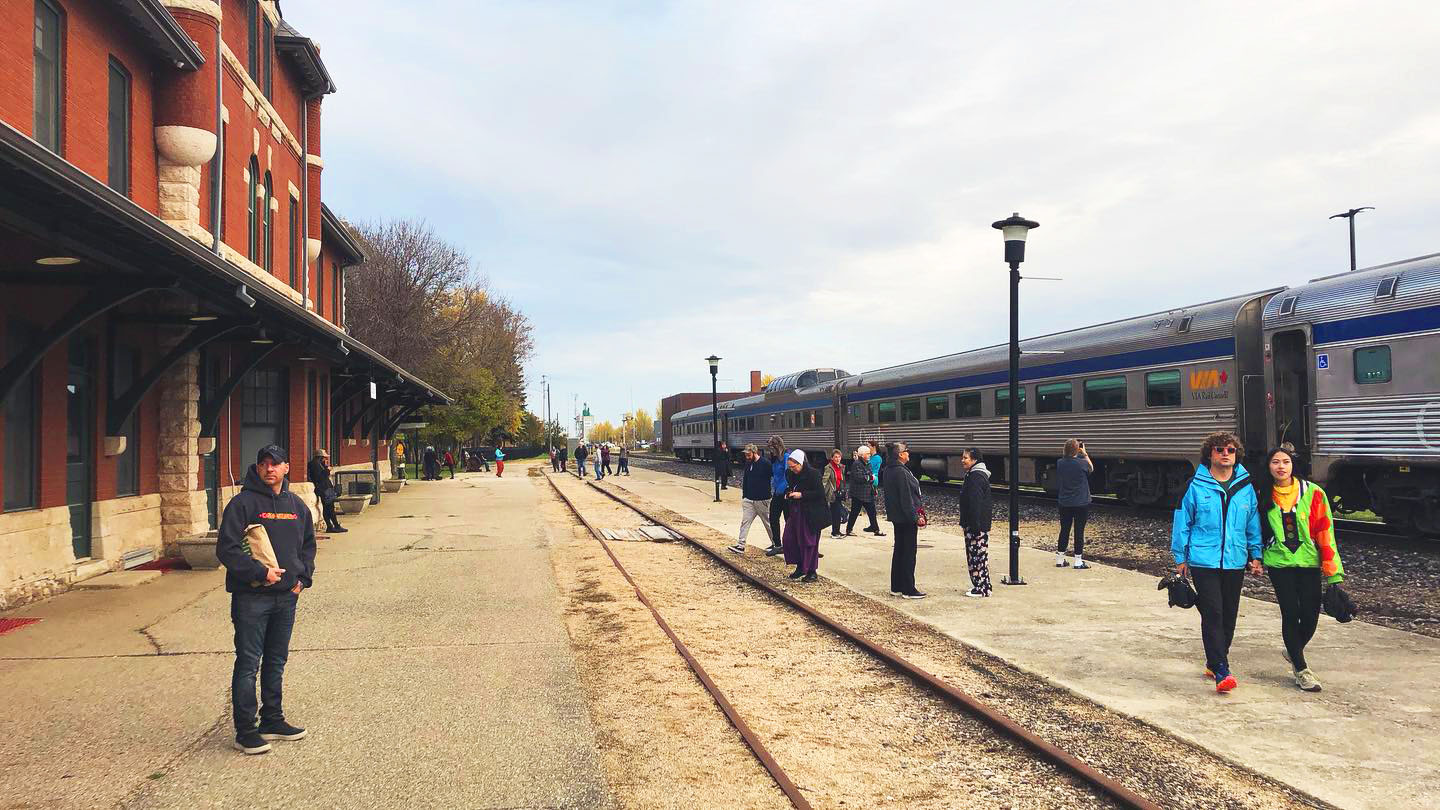The railroads may have been built in the 1800s, well before the Industrial Revolution took hold, but without their great capacity to move vast quantities of materials, we’d never have seen the rise of great industrial centers like Pittsburgh, Pa., New Castle, Pa., Youngstown, Ohio, Buffalo, N.Y., Cleveland, Detroit, and a myriad of others.
The railroads followed the rivers, cut through the hills, established towns, provided the means for people to move about the land, and set the stage for the Industrial Revolution. In addition to the movement of goods, railroads transported the most important component of manufacturing: people. All of the machines in the world are of no use, if you can’t put workers at the controls, at the presses, or at the furnaces; you need hands to make goods.
Without heavy industry and its demand for capacity, railroads might still use two-axle freight cars pulled by little locomotives instead of the 286,000-pound capacity cars rolling behind computerized GE and EMD behemoths on 136 pound head-hardened rail.
Industry provides the means to make these great freight movers. From foundries, forges, machine shops, and fabrication plants come the parts to construct the specialized cars and locomotives for hauling freight. Indeed, many breakthroughs in railroad technology come from the needs of the suppliers.
In Pittsburgh’s Mon Valley, four railroads snaked along the Monongahela River all vying for traffic. Pennsylvania, Baltimore & Ohio, Pittsburgh & Lake Erie, and the Union Railroad competed and cooperated to keep the mills of U.S. Steel, Jones & Laughlin Steel, Pittsburgh Steel, and others operating. The mills and the railroads grew up together to become large, strong, and good at what they did. Many mill workers had generations of family working in a particular industry, just like the tradition of railroading in families. In some families, two sons might have worked for J&L and two others might have worked for the P&LE, which served the J&L mill.
In the 21st century, the railroads have adapted to a new reality. Industry is shrinking and won’t be the force it once was. Heavy industry still needs the railroads, just not at the volume of the past. Now the trains you see are moving powerhouse coal, grain, and containers, the new staple. But the bond remains between the railroad and industry and long may it last. – Kevin N. Tomasic
KEVIN N. TOMASIC, 52, is a member of the Center for Railroad Photography and Art and an industrial furnace estimator living in Pittsburgh with his two sons and miniature schnauzer, Zinc. The author would like to thank KEVIN SCANLON for photo scanning.





